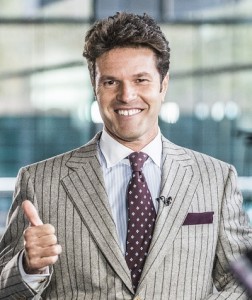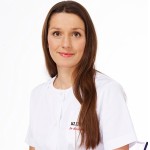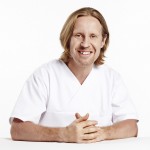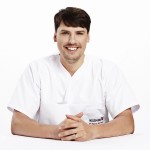Presentations 2016
 Clinical guidelines for the single tooth implant rehabilitation in the esthetic area
Clinical guidelines for the single tooth implant rehabilitation in the esthetic area
Francesco Amato, DDS, MD, PhD
The topic of the lecture is the single tooth implant rehabilitation in the anterior maxillary area. Three different clinical scenarios will be described:
1. Clinical cases were alveolar bone and adjacent bone peaks are intact.
2. Clinical cases were alveolar bone is compromised but adjacent bone peaks are intact.
3. Clinical cases were alveolar bone and adjacent bone peaks are both compromised.
Different treatment options will be described and pros and cons of each therapeutic line will be discussed.
The lecture will focus on hard and soft tissue management both surgical and orthodontical, type of graft, immediate vs delayed placement, implant selection and timing and characteristics of provisionalization.
Clinical experience and evidence based decision will be combined in order to give to the clinician practical guidelines to achieve predictable results.
 “The Three Step Technique”
“The Three Step Technique”
Francesca Vailati, MD, DMD, MSc
Dental erosion has become a widely spread problem, as clinicians are facing an increasing number of erosion cases in their dental office.
Questions on the therapy are rising, especially regarding the timing of the first intervention and the choice of the restorative materials.
In the past, patients affected by dental erosion were left mostly untreated until severe damage of their dentition occurred. Only then, full-mouth conventional rehabilitations were proposed and executed with a little attention to the preservation of the remaining tooth structure.
Crown lengthening procedures and multiple elective endodontic treatments were performed, without considering the biological implications for the long-term success of the therapy.
Unfortunately the literature cannot provide strong evidence-based answers on this topic, and only few case reports have been published.
Dr. Francesca Vailati has been a pioneer in treating this population of patients with minimally to no invasive techniques. Since 2005 all the patients affected by dental erosion, showing signs of dentin exposure, have been immediately restored with a minimal invasive approach (the 3 Step Technique).
This simple and predictable clinical approach will be also illustrated to treat other cases of dental wear (e.g. bruxism).
Learning objectives
Dental erosion, how, why, when treating the affected patients?
Full-mouth rehabilitation in an everyday routine?
Vertical dimension of occlusion: why do we fear the increase?
No invasive dentistry: a clinical reality?
Bruxism: the early interception, the better…
“The beauty and pain of team work: the lessons we teach ourselves and learn from others”



Kirsten Nigul – DDS MOrth RCSEd
Lauri Vahtra – DDS MSc
Martin Martma – DDS
Our lecture discusses a treatment of an interdisciplinary case of Hans. He has missing teeth, teeth with unfavourable prognosis, deep bite, crowding and lingual inclination of front teeth. Anterior crowding could be solved by prosthetic correction, using aligner systems or orthodontic treatment. Lingual inclination of front teeth is difficult to correct with prosthetic work, in most cases it is done by orthodontic treatment. At first glance the different cases may look the same but proposed plans may differ dramatically. In some cases it is enough of alignment of the teeth, the other cases are treated by orthognatic surgery. The orthodontic part of the lecture will explain differences between different types of malocclusions where one component is lingual inclination of front teeth.
Different treatment options are discussed; treatment plan is prepared during the lecture and presented.
